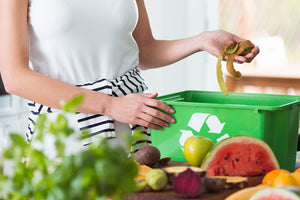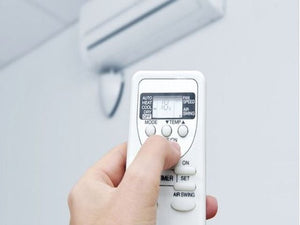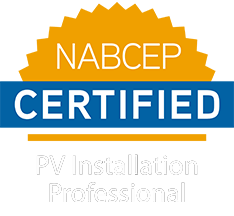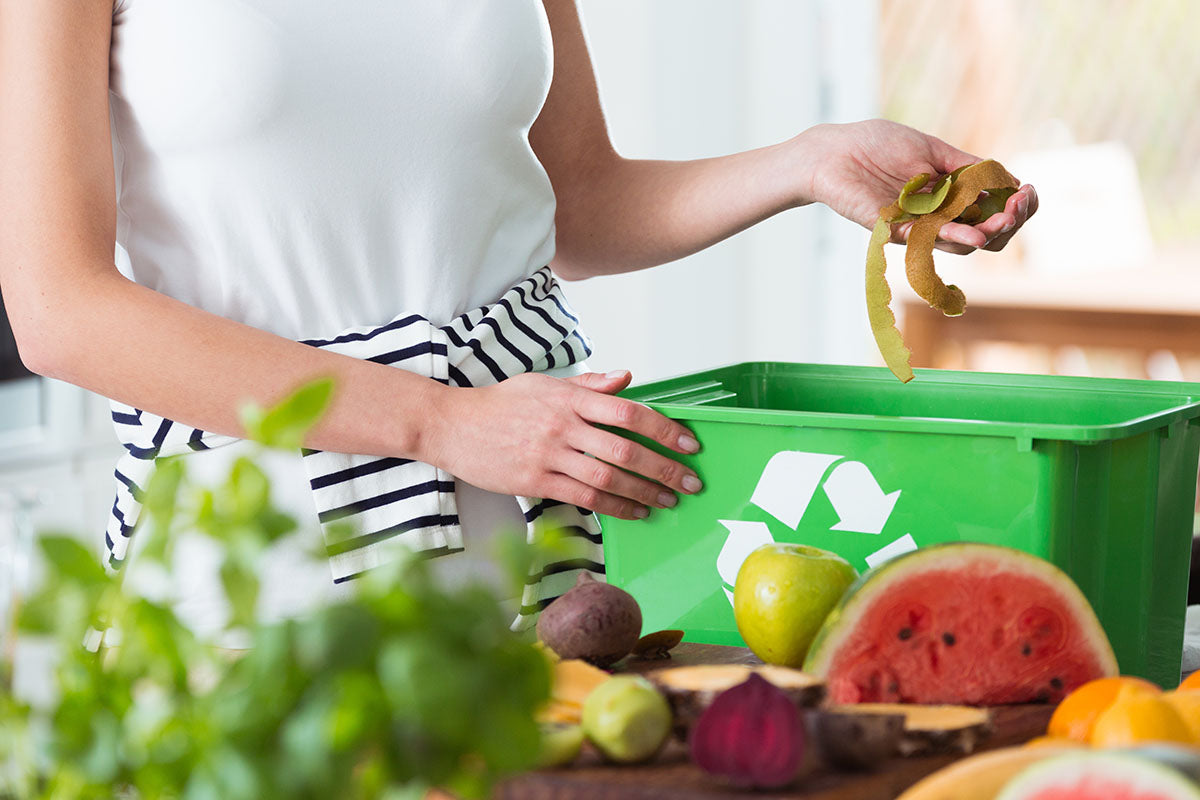
Eco Kitchen Tips - Privanka Nalk - Washington Post


I know this may come as a shock, but I spend most of my time in the kitchen. And I use a ton of kitchen appliances ― blenders, mixers, air fryers ― you name it, I probably have it. But since living on my own, I’ve always had my parents’ voices echoing in my head ― “Turn the light off if you’re not in your room,” “Don’t keep the hair dryer plugged in,” and so on.
When my parents were growing up in India, they were conscious of their energy consumption because ― like many countries outside of the United States ― central heat and air weren’t readily available and the electricity would frequently go out. My parents’ voices and my international experiences have encouraged me to further research how our daily choices about energy use make an impact on the environment.
In 2020, the average annual electricity consumption for U.S. households was 10,715 kilowatt hours (kWh), an average of about 893 kWh per month. Residential energy consumption amounts to over 20 percent of total U.S. energy consumption. In layman’s terms, 1 kWh is the amount of energy an appliance or machine needs to run for one hour.
As consumers, why should we be concerned? According to the Environmental Protection Agency, nearly all parts of the electricity system in the United States affect the environment, creating greenhouse gas emissions, air pollutants, water pollutants, wasted water, solid waste and hazardous waste. All of those things detrimentally affect plants, animals and ecosystems.
Here are tips to reduce energy consumption in your kitchen:

Unplug energy vampires
Kitchen appliances ― and appliances anywhere in your home ― that are plugged in but aren’t being regularly used are using up energy. Some common kitchen counter vampires include your toaster, air fryer, coffee maker, electric kettle, stand mixer, blenders, food processors, juicers and rice cookers. Together, they can account for up to 20 percent of energy bills. Keep them unplugged when not in use and make long-term changes where possible. For instance, I use a stovetop Italian Moka pot to make coffee instead of an electric coffee maker. When I travel, I unplug everything in my home before leaving.
Set your fridge and freezer to the right temp
Not setting your refrigerator to the right temperature can lead to your fridge and freezer over-consuming energy and working in overdrive. Best practices include setting your fridge to 35-38 degrees Fahrenheit, not leaving the doors open for long periods of time and placing the fridge/freezer in a cool, dry place (away from the stove or another direct heat source). Additionally, even the slightest bit of dust on fridge coils can reduce the energy efficiency, so cleaning them regularly will improve efficiency.
Use your cooktop efficiently
We don’t always have a say in what kind of cooktop we get in our homes. But there are still ways we can use our cooktops efficiently ― consider adding a lid to boil water quicker, boiling water in a teapot for tea and coffee (versus an electric kettle), and cooking items on the stovetop that may normally be made in ovens. For example, make eggplant parmigiana in a skillet on the stovetop instead of baking it in the oven. Regulate the flame when cooking on a gas stove ― a higher flame means more gas use. The same applies for electric cooktops ― generally, a mid-heat setting is sufficient versus the highest setting.
Power down an electric cooktop a few moments before your dish is complete ― this will allow the cooktop to cool down sooner and not prolong the use of energy. Similarly, for induction cooktops, which are the most energy efficient option, make sure to align the size of your pan with the size of the heating element on the stove to not overuse electricity when cooking or prolong the heating process.
Don’t overuse the oven
Ovens need energy to heat up and to cook. Some things to consider are a self-cleaning oven (they’re better insulated and more energy efficient) and using the convection baking setting on your oven (it uses 20 percent less energy). Here are some additional tips on how to efficiently use your convection oven.
And two things to consider before jumping to preheat your oven: If the amount you’re making is small, can you use your toaster oven instead? A toaster oven uses one-third to one-half less energy than a conventional electric oven. And depending on what you’re using the oven for, you may not actually need to preheat it. When roasting veggies, for example, you can throw them in as soon as you turn on the oven. (Other items, like cakes, do need a fully preheated oven of course.)
Limit your dishwasher usage
Consider running your dishwasher only when the machine is full. If you’re in the position to, you can look into purchasing an updated energy efficient dishwasher, which could use less than a quarter of the energy that hand-washing dishes would use (provided that scraps are simply scraped off dishes, not rinsed beforehand).
- Sun Path Electric
- Tags: energy efficiency
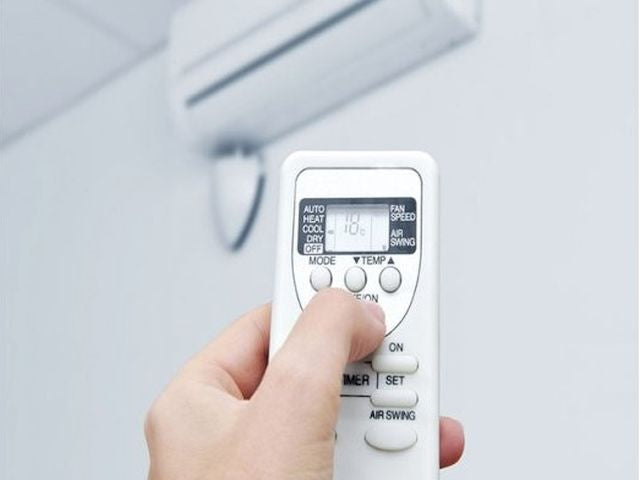
Save on Summer Cooling with Home Solar
A solar panel system harnesses the summertime power of the sun and puts it to work to save you money on your energy bills (among many other benefits) when you need it the most, and this effect increases exponentially when a heat pump HVAC is connected to your home solar system.- Sun Path Electric
- Tags: battery back up solar system battery backup conserve energy energy efficiency heat pumps and solar home solar HVAC and solar residential solar save energy Seattle Solar home Seattle solar panels Solar homes Solar in Seattle solar protects you from rising utility costs solar saves money

Conserve Energy - Reduce Climate Impact with Energy Efficiency
Climate. Change. It is a huge issue for us to get our minds around. We know that changes need to be made on both the corporate and personal scales. Many of us feel overwhelmed. Where do we start and what makes a difference? We’ve compiled our top 10 tips on how we can reduce climate impact at home.- Sun Path Electric
- Tags: conserve energy energy efficiency lower carbon footprint save energy
